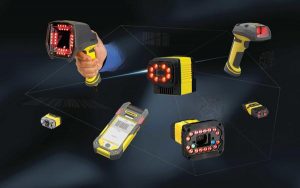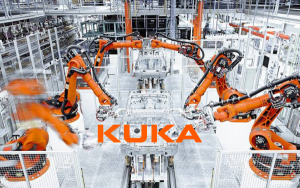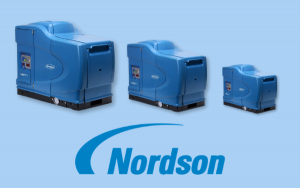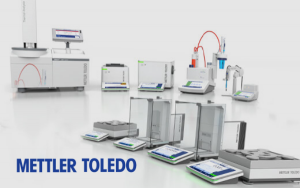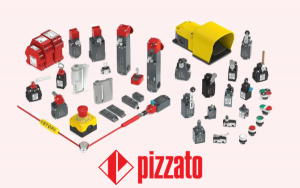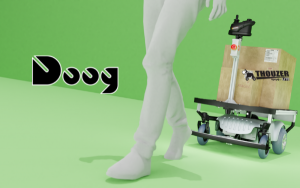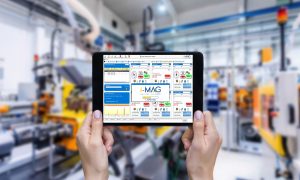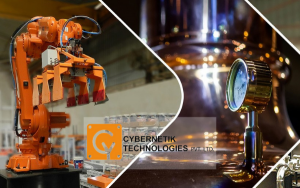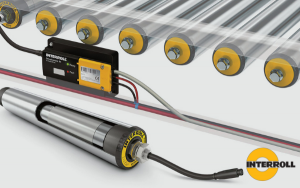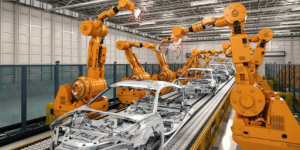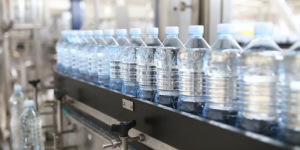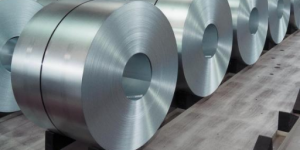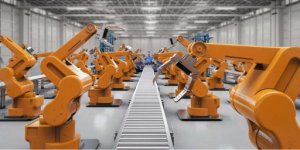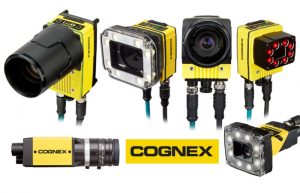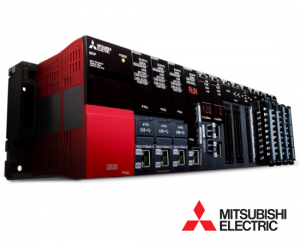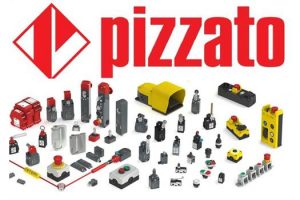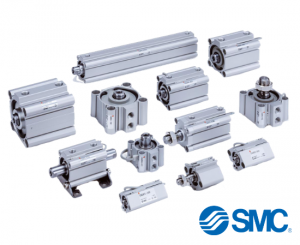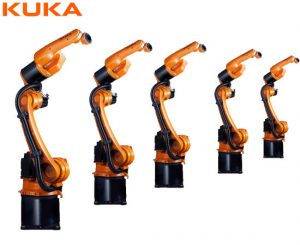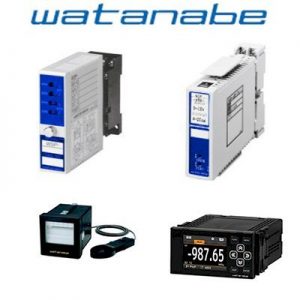Today, collaborative robots (COBOTs) can automate secondary food handling processes such as quality control, labeling, packing or unloading goods on and off pallets quickly and easily. easy and cost effective. They can be easily programmed without technical experience and can recover the investment in less than a year.
Transitioning to automation can seem like a daunting task for some companies, so one of the first steps is to identify challenges from within. Typically, those challenges include:
- No internal engineering
- Manual, repetitive tasks
- Limited budget
- Maintain a safe work environment
- Limited space
- Producing high-mix, low-volume
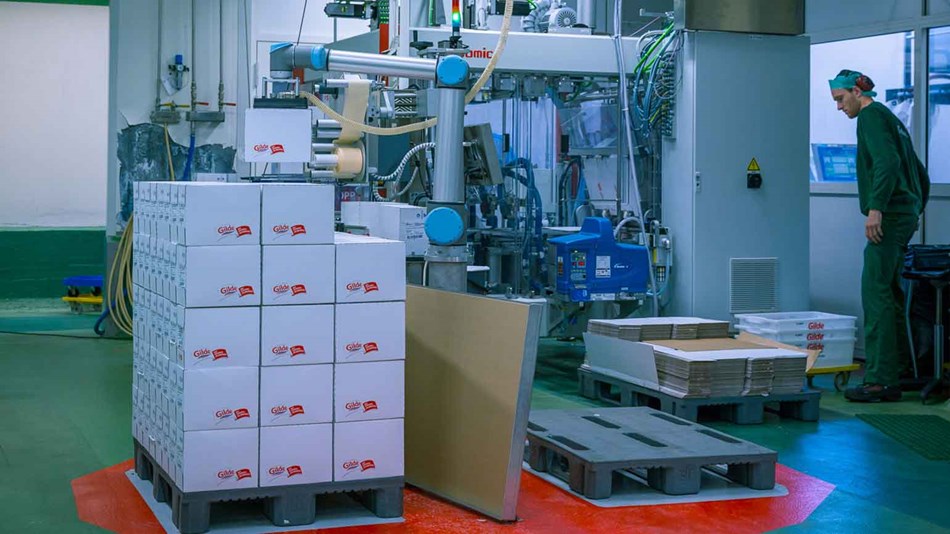
Repetitive, manual processes – like loading and unloading products – can lead to product quality issues and high employee turnover. Repetitive tasks are an ideal target for robotics technology, but your production space and budget may be limited for new robotics adoption. Many food production organizations also produce high-mix, low-volume, or are dealing with seasonal spikes and falls, which is not cost-effective for traditional industrial robots, especially especially if you are not a robot programmer. Even if you could automate some of that work, maintaining a safe work environment for your employees would be a matter of concern.
For most manufacturers, one of the first tasks they might think of automation is product packaging. That makes perfect sense, but as companies start to automate, they start to see more and more processes that can be optimized.
Cobots are perfectly suited to meet the challenges companies are facing and are flexible enough to deploy throughout their operations. For those who are new to robotic arms, here is a quick comparison between traditional industrial robots and cobots: unlike traditional robots, automated robots are small and flexible, quick to set up, easy to use, safe when working side by side with employees and low upfront costs, with quickly reaching the desired ROI.
One company that has profited from cobot installations is Atria Scandinavia, one of the leading Nordic manufacturers of vegetarian and gourmet foods for the convenience market. Traditional industrial robots cause hours of downtime and require outside assistance. Atria Scandinavia originally set up three UR5 – cobots for labeling, packing, crate folding and palletizing. They need robots that can be programmed by current, inexperienced employees and can be supported internally to minimize downtime.
They also have some other rather specific tasks, which is why they considered several other solutions before choosing Universal Robots.
Those solutions include:
- Automated three production lines, each packing 228 items per hour.
- A solution that can work side-by-side with employees without a fence (when assessing risk).
- No previous experience is required to work with robotic hand.
Now that everything is automated, Atria will never be in the same situation as before. In fact, they have laid out several plans to replace shielded traditional packaging machines with automated robots. Now that they have completed the first cobot setups, subsequent setups will be even faster – possibly in as little as a few weeks.
In addition to eliminating manual queuing, the registered egg supplier increased capacity from 150 boxes per hour to 300 boxes per hour. The capacity increase is quadrupled because Cascina has four filling lines, each equipped with a UR5 that operates at approximately 10 cycles per minute. Three flexible lines handle cartons of 96, 144 or 192 eggs. The fourth line is dedicated to a larger box containing about 1,400 eggs.
Pallet loading and unloading machine does not take up space
Another food producer currently implementing cobots is Nortura, an agricultural cooperative owned by 31,000 farmers in Norway that produces nearly half a million pounds of processed and processed meat each year. The company needed a continuous palletizing system that could operate with minimal supervision but needed to be able to use the space for other processes if there were no pallets in place. They mount the pallet robots on a narrow rack that occupies only half a square meter. When there are no pallets, the space is completely ventilated. When a pallet is placed on the floor, the vision system on the ceiling will automatically detect it and the robot will start loading and unloading the pallet itself.





